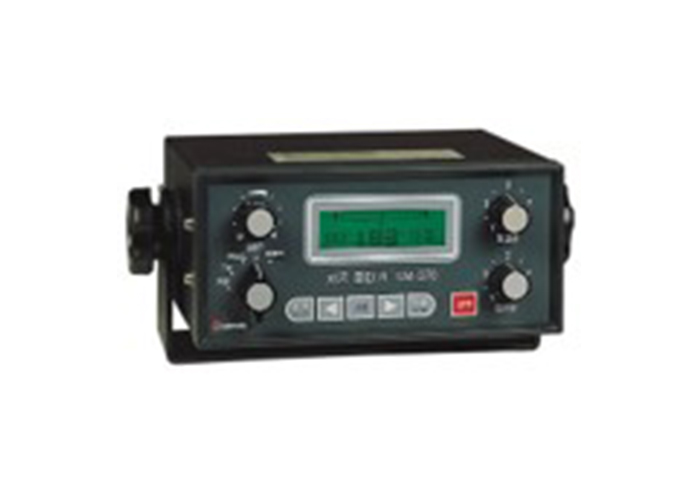AUTOPILOT
- Home
- AUTOPILOT
Ask Question
Do You Need Any
Help?
- Call Us Now:
+91-7226017401
- Talk To Us:
sales@mariteksolutions.com

Autopilot
Autopilots are electronic or computerized systems designed to control and steer vehicles or vessels without constant manual input from a human operator. Autopilots are commonly used in aviation, marine navigation, and increasingly in automotive applications as part of advanced driver-assistance systems (ADAS). Here’s an overview of how autopilots work in different contexts:
Aviation Autopilots
In aviation, autopilots are integral components of most modern aircraft. They are designed to control the aircraft’s attitude (pitch, roll, and yaw) and maintain a desired heading, altitude, and airspeed.
Pilots can engage the autopilot system to reduce their workload, especially during long flights or in conditions requiring precise and stable flight.
Autopilots use various sensors and systems, such as gyroscopes, accelerometers, GPS, and air data sensors, to gather information about the aircraft’s current state and position.
Based on this data, the autopilot system calculates control inputs to adjust the aircraft’s control surfaces (e.g., ailerons, elevators, and rudders) to maintain the desired flight parameters.
Pilots can engage the autopilot system to reduce their workload, especially during long flights or in conditions requiring precise and stable flight.
Autopilots use various sensors and systems, such as gyroscopes, accelerometers, GPS, and air data sensors, to gather information about the aircraft’s current state and position.
Based on this data, the autopilot system calculates control inputs to adjust the aircraft’s control surfaces (e.g., ailerons, elevators, and rudders) to maintain the desired flight parameters.
Marine Autopilots
- In the maritime industry, autopilots are used on ships, boats, and other watercraft to control their heading and course. Marine autopilots use sensors like gyrocompasses and GPS to determine the vessel’s heading and position.
- They can be programmed to follow a specific course, maintain a constant heading, or even integrate with other navigation systems to follow waypoints.
- Like aviation autopilots, marine autopilots can improve navigation accuracy and reduce the workload on the crew.
Automotive Autopilots (ADAS)
- In the automotive industry, autopilots are often referred to as part of Advanced Driver-Assistance Systems (ADAS). These systems are designed to assist drivers in various ways, from maintaining a safe following distance to automated steering and lane-keeping.
- ADAS systems use a combination of sensors, including cameras, radar, lidar, and ultrasonic sensors, to monitor the vehicle’s surroundings.
- Depending on the sophistication of the system, ADAS can provide features like adaptive cruise control, lane-keeping assist, and even limited self-driving capabilities in some cases.
- It’s important to note that fully autonomous vehicles are a separate concept, and they aim to operate without any human intervention, whereas ADAS systems require driver supervision and intervention when necessary.
In all these contexts, autopilots are designed to enhance safety, reduce operator fatigue, and improve precision in controlling vehicles or vessels. However, they are not intended to replace human operators entirely, and in most cases, there should be a human in the loop to monitor the system and take control if necessary, especially in unpredictable or emergency situations.
For sales or commercial inquiries please contact us at sales@mariteksolutions.com
Experiencing problems with any spare parts?

Maritek Solutions is a Stockiest and supplier of all kinds of Marine Automation – Electrical Spares, Navigation parts & Marine-Rig Machinery.
© 2024 COPYRIGHT ALL RIGHTS RESERVED. | DESIGNED BY : 8WEBCOM.COM
Go To Top
